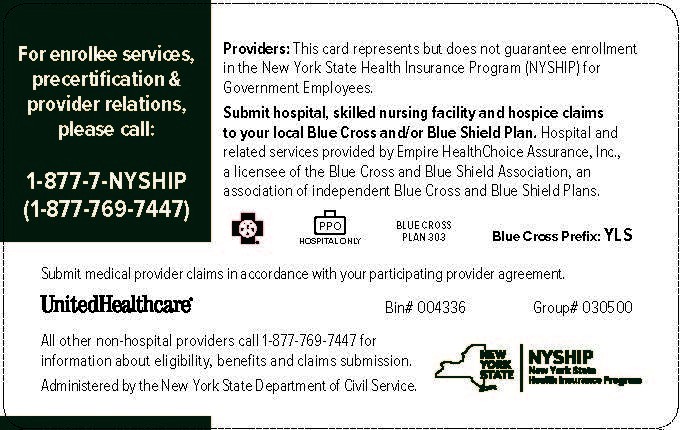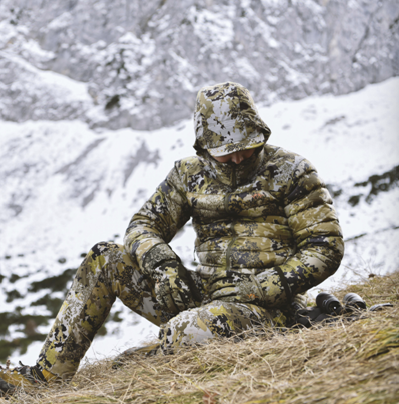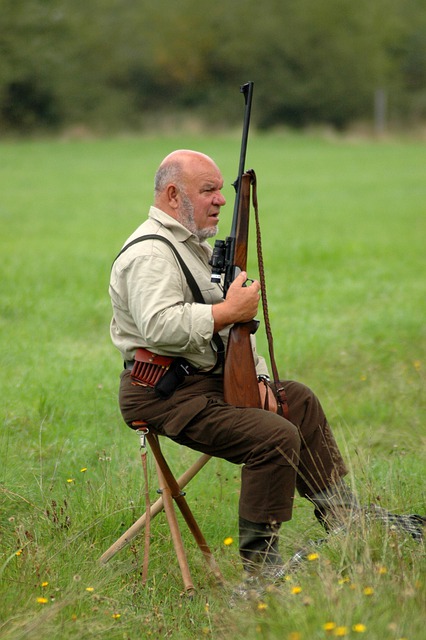
The seasons for dove hunting vary depending on where they live. But there are some things that all hunters should know. These include the correct technique and equipment for hunting. It is essential to identify the dove prior to you embark on your hunt. It's easiest to hunt the doves the first and second days of September. So get a shotgun along with a stool. The dove hunting season can be challenging during the second and third periods.
Munition for hunting doves
Doves can be hit with a number of different shot sizes and patterns, but a standard bird shot of #8 is sufficient for most hunting situations. You should use #7 1/2 shot or 8 shot if you are shooting doves from a distance of 30 yards. #6 shot doesn't work well for close range shooting. It will rip the dove to pieces. To hunt doves over longer distances, it is advisable to use a heavier weight, such as one to two pounds, in order for the pellets to be more effective.
Doves can see so clearly that their eyesight allows them to change direction and avoid being struck. To avoid this, be sure to find cover. You can find cover in tall trees or brush. Then wait for the birds. Then, wait until they are within twenty-five to thirty yards. That way, you'll be able to take your shot without fearing for your safety. Then, use a retriever dog to track down the wounded dove.

Hunting doves: techniques
You can hunt doves with a few simple techniques. Set up your nest in a hay bale or sunflower field. You can place yourself in a spot where you can see the doves come until you are comfortable. They will not associate the waterhole as dangerous. Pass-shooting can help you not burn a good spot. Another option is to take photos from a distance in order to be able see them clearly.
First of all, doves feed in the morning. Hunters should make sure to look for doves around areas where they often visit. Doves are primarily dependent on seeds. Waste grain from farming operations can also provide a nutritious source of food for them. Doves are equipped with feet for perching. Therefore, you need to search them on both the soil surface and standing plants. Because doves are known to move frequently to find food, it is crucial to determine the location of your hunt.
How to identify doves
Identifying hunting doves can be challenging if you're a novice hunter. They can easily be confused and difficult to spot, especially in large cities. Try your hunts in a city setting to improve your ability to correctly identify them. You should look out for tell-tale signs when identifying them. Pay attention to their physical characteristics and flight pattern. Those who are easily identifiable will be easy to identify.
You'll want to be right next to a noticeable dip in perimeter wood. Doves frequently travel through this dip. To see incoming birds clearly, stand approximately 50 to 75 meters from this dip. You can then stand facing this gap and try your best to spot any incoming bird. If you're successful, you'll have a better chance of making a kill than you might have otherwise. This is a crucial step in identifying hunting doves in your area.

Food sources for doves
Although hunters have a good understanding of how to identify farms, they are not as familiar with finding hidden dove hotspots. Knowing about native plants such as pokieweed will help you find hidden dove hotspots. Many plants are attractive to doves including barnyard grass and ragweed. Pokeweed, for instance, has purple-colored berries and wild beans, along with sedges & grasses.
Traditional sunflower seeds make a great food source, but a larger food plot will attract more birds. Sunflowers make a great food source for doves. However if you are looking to attract more species of birds to your food plot, add grains. Other crops such as sorghum will also attract doves. Doves can benefit from a variety of crops, including winter wheat or corn.
FAQ
What are some of the benefits of hunting
Hunting is a tradition that many cultures have followed for centuries. It was used to hunt for food, shelter, clothes, medicines, and other purposes. Even today, hunters still hunt for sport but also food and recreation. The meat of hunted animals is typically eaten within minutes after they are killed, while skin, hair, feathers, bones and antlers can be sold as trophies.
Hunting isn’t just about eating, it’s a way that you can live.
Hunting families have strong ties to their friends and family because they spend so much time together. They share stories and experiences at campfires, and over meals.
Hunting and nature are a joy for hunters, and this helps them appreciate the rest of our planet.
When they take care of wild animals, they learn respect and responsibility.
Hunters become better citizens because they practice conservation. They protect habitats as well as species. They are aware of how much land and water is needed to survive.
Hunters are part a larger community. Their families rely on them. They support one another. They support local companies.
Hunters can also give back. Many donate money to organizations that help children, elderly people, veterans, and other groups.
Hunters can also donate their time to help people in need. For example, they could work with the Humane Society of the Red Cross.
Can I bring my dog with me?
In most states, dogs cannot be hunted together. Some states allow this practice, however. For more information, contact your state's department for natural resources.
In addition, some hunters do bring their pets along. Some hunters believe having a pet helps them relax while hunting. Some believe having a companion makes it less likely that they will get lost.
However, bringing a pet along may cause problems. Dogs tend to chase animals away from the hunter. Wild animals can also attack pets.
Which state has the largest number of deer-hunters?
The state with the most deer hunters is Wyoming. It also sells most hunting licenses annually.
South Dakota is the state with the most deer hunters. It ranks third for the number of hunting licenses sold each year.
New Hampshire is the state that has the lowest number deer hunters. It ranks last for the number of hunting permits per capita.
How much does it cost for you to hunt?
The price of a hunting trip varies depending on where you live, the type of wildlife you plan to target, and the size of the animal you intend to kill.
A two-person hunting party costs between $500 and $1,000 on average. This includes accommodation, food, gas, equipment, licenses, etc.
Some areas are more expensive than others. If you plan to hunt during peak seasons, such as fall turkey season, expect to pay even more.
Statistics
- - Percent of residents with paid hunting licenses: 0.7%- (stacker.com)
- Over the past 50 years, the number of hunting licenses in California has been on a rapid decline, falling 70% from more than 760,000 in the 1970s to under 268,000 in 2020—even as the state's population has skyrocketed, according to The Mercury News. (stacker.com)
- Indiana, for example, saw a 28% jump in turkey license sales during the first week of the season. (stacker.com)
- Thanks to the 1937 Pittman-Robertson Act, an 11% excise tax was placed on the sale of firearms, which were then used for conservation. (stacker.com)
External Links
How To
How can I teach my son hunting?
This is a very common problem. Many parents want their kids to learn how to shoot guns, but they do not know where to start. Safety should be your first concern when teaching your child to use a gun. Make sure he knows what to do if there is an accident, such as getting shot. It's important to make sure that he fully understands shooting rules. To teach him, for example, to not touch the trigger until he's ready to fire. If he accidentally fires on himself, you should immediately stop playing and take him to the emergency room.
The next step is to show him how to operate different types weapons. This covers rifles, shotguns and pistols as well as airguns. So that your child can pick the right weapon for him, he should be able to understand how they work. Consider the weapon's size, weight, power, accuracy, and power when selecting a weapon. A.22 caliber rifle would make a great starter rifle. It's small enough for beginners to hold, yet powerful enough to kill pests like squirrels. The 12 gauge shotgun on the other side is comfortable enough to carry for adults, but still has plenty of power to kill animal. Airguns can be operated quietly and easily, making them ideal for children learning to shoot.
Practice shooting at targets with your child. He should try out different positions and angles to see which works best for him. Make sure he is familiar with how to properly clean and maintain the weapon.
Once your kid has mastered the basics, you can move on to hunting. There are many different ways to teach your kid how to hunt. Let him out in the wild with you. Another option is to buy a gun from a store and show him how to load and unload it. Another option is to purchase a puppy and train your child to train it. Dogs are very easy to train. They are also fun to play with and can become friends with your kid.
If none of these options appeal to you, you can hire someone who will teach your child. This method can be expensive and takes a lot of babysitting.